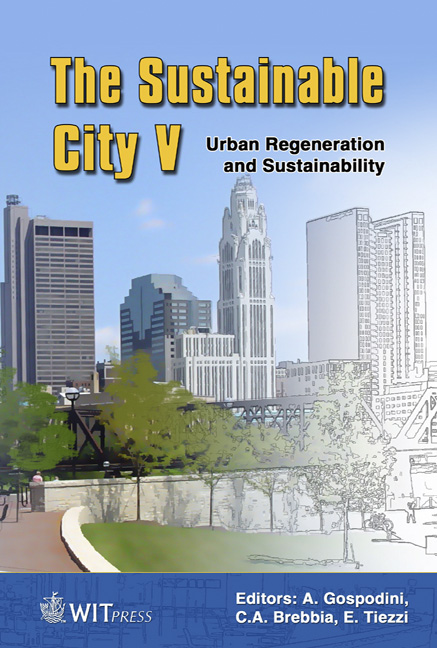Waterfront Regeneration As A Sustainable Approach To City Development In Malaysia
Price
Free (open access)
Transaction
Volume
117
Pages
10
Page Range
45 - 54
Published
2008
Size
424 kb
Paper DOI
10.2495/SC080051
Copyright
WIT Press
Author(s)
S. Shamsuddin, N. S. Abdul Latip & A. B. Sulaiman
Abstract
The morphological development of the towns and cities in Malaysia was influenced by the river, where it functioned as the main transportation system. Many of these rivers flow right through the town centres and are influential in giving character to the townscapes of the cities through the quality of views. Nevertheless, many of these rivers are in a poor state of health in terms of the water quality and have not been fully exploited in terms of their recreational potential as well as their heritage value. Of the thirteen state capital cities studied, there are three cities that have already embarked on a regeneration program to revitalize their riverfronts. However, some of the recent developments on the riverfront are considered unsustainable and insensitive to the river as a valuable asset of the city, such as the covering of the river with an open plaza and changing the natural embankment of the river to concrete banks, hence turning its image into that of a large open culvert running across the city. Many of the buildings along the river are still backing the waterfront where access both visually and physically is rather limited. This paper is going to discuss the issue of rivers as one of the significant elements that contribute to the sense of place of the city and the plight of the rivers as the city progresses into the future. The discussion is based on an urban design study of all the state capital cities in Malaysia as well as a doctoral research that looks at the issue of waterfront regeneration in the Federal Capital City of Kuala Lumpur. The paper concludes by highlighting the impact of these rivers to the sense of place of Malaysian cities and their roles in creating sustainable cities in the future. Keywords: waterfront, regeneration, sustainable, urban design, sense of place, city development.
Keywords
waterfront, regeneration, sustainable, urban design, sense of place, city development.





